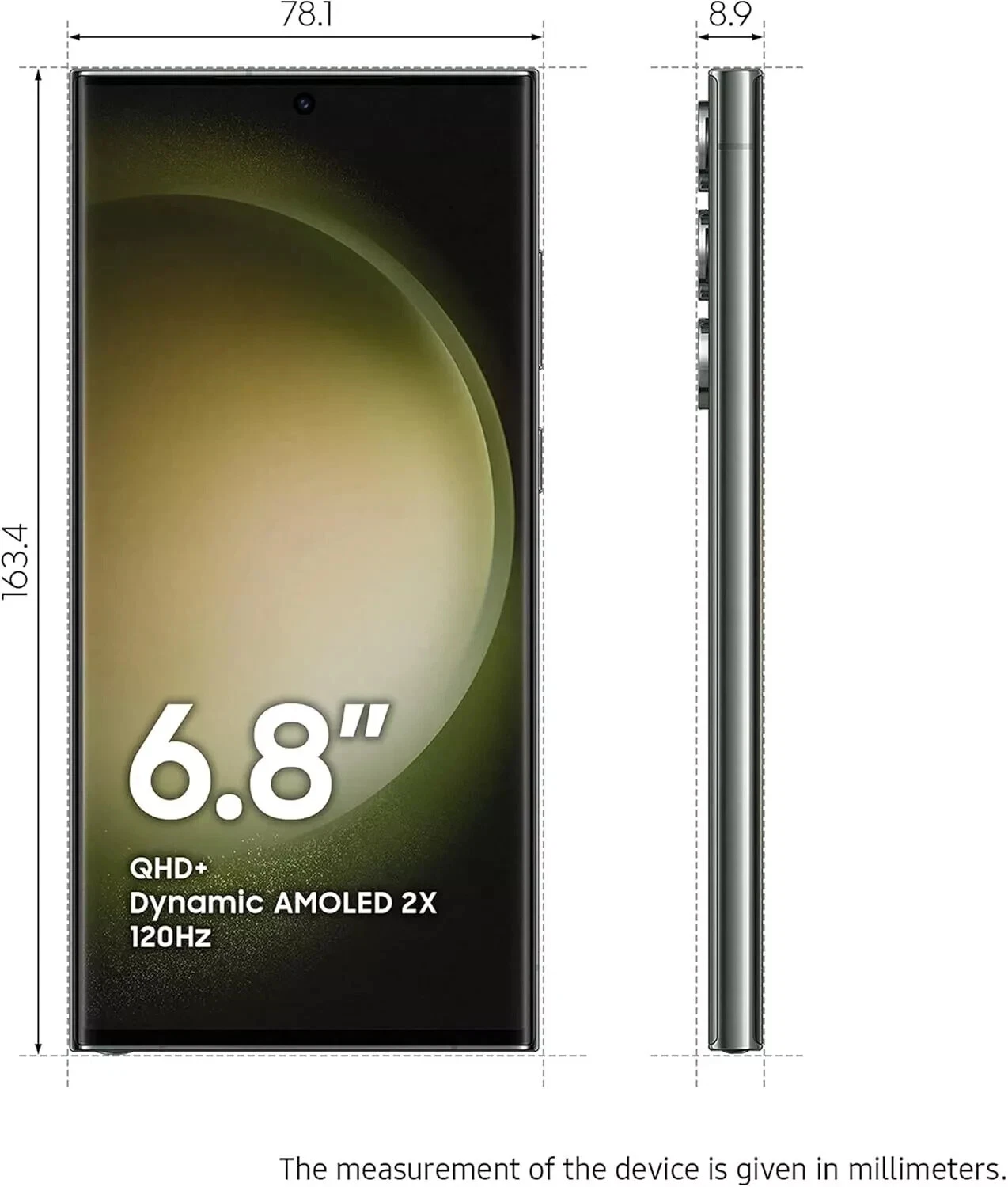Picture 12 of 25

Picture 12 of 25


























PANEN99 > Situs Slot Online Bet Receh 100 200 400 Perak Cuan Paling Real
Slot bet 200 hadir sebagai situs gacor bet kecil terpercaya segera mainkan link terbaru dari slot bet kecil 100, 200, 500, 800 rupiah lengkap dengan bocoran rtp live dengan modal kecil kamu bisa cuan hingga jutaan.
Oops! Looks like we're having trouble connecting to our server.
Refresh your browser window to try again.
About this product
Product Identifiers
Ratings and Reviews
Most relevant reviews
-
Okt 25, 2025
SITUS GACOR
Slot bet 200 perak paling murah dan gampang menang cuma disini gas cobain sekarang dan dapetin jackpot progresifnya!Verified purchase: Yes Condition: Pre-owned
-
Agu 09, 2025
BET 200
Bet kecil murah gampang menang hanya di CERIABET.Verified purchase: Yes Condition: New
-
Sept 18, 2025
SLOT ONLINE BET KECIL 100
Deposit cuma modal goceng bisa withdraw berkali-kali gacor banget nih slot bet kecil nya.Verified purchase: Yes
-
Nov 2, 2025
SLOT BET GACOR 200 PERAK
Bjir pokoknya slot resmi paling terpercaya dan paling gacor cuma di slot bet kecil disini deposit gampang bisa pakai bank transfer, E-Wallet dan banyak bonusnya!